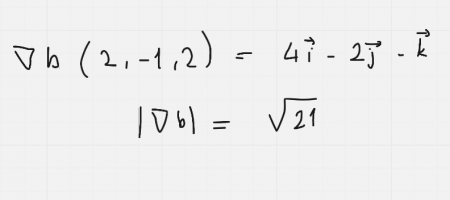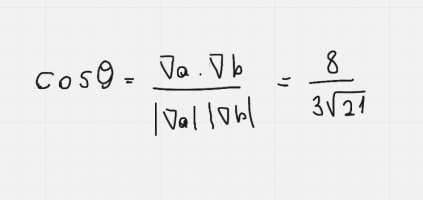Prettygoodmilkshake
New member
- Joined
- Mar 30, 2022
- Messages
- 5
Hi, I have exam next week and I am studying the book Mathematical Methods for Physicists by Tai Chow. I am trying to solve its problems for exercise but questions like these confuses me;


I thought I knew the basics but I freeze and cant make progress when I try to solve problems like these two. Unfortunately the book hasnt got solutions. I need to figure this out before the exam. Any suggestion will be appreciated.


I thought I knew the basics but I freeze and cant make progress when I try to solve problems like these two. Unfortunately the book hasnt got solutions. I need to figure this out before the exam. Any suggestion will be appreciated.



